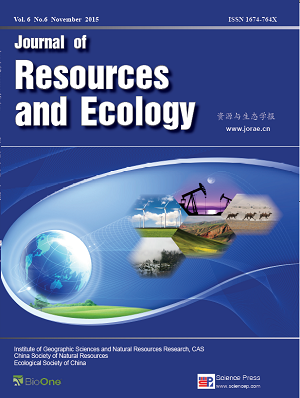Eco. Compensation
XIE Gaodi, CAO Shuyan, LU Chunxia, ZHANG Changshun, XIAO Yu
Eco-compensation, known as payment for ecosystem services, is defined in China as an institutional arrangement for regulating the relationship of economic interests among ecological protectors, beneficiaries and destructors in order to protect ecological service function and foster harmony between people and nature with non-market and market tools including transfer payment, taxes and fees. Reasonable compensation to ecological service providers significantly contributes to the protection of ecological assets and effective supply of ecological services by adopting transfer payments or market transactions on the basis of comprehensively considering the costs of ecological protection, costs of development opportunity and ecological service values. It is helpful for implementing a strategy for main functional areas. The building of eco-compensation mechanisms is therefore highly valued as the most important institutional guarantee for promoting the ecological civilization. Existing eco-compensation mechanisms mainly fall into three categories: exchequer based transfer payment, vertical and horizontal, and market based compensation in China. The institutional framework has been primarily established, inclusive of a forest ecological benefit compensation fund system, grassland eco-compensation system and transfer payment system of national key ecological function areas. Under the framework, various areas and departments have actively explored the building of an eco-compensation system and achieved important progress for forests, grassland, wetlands, river basins and water resources, exploitation of mineral resources, oceans and national key ecological functions areas. However, the eco-compensation system dominated by vertical transfer payments is still far from perfect in China. The interest regulation pattern of “developer to protect and beneficiary to compensate” has not been formed. Its role in the protection of the ecological environment has not been brought into full play. China should improve eco-compensation systems by intensifying eco-compensation inputs, strengthening government responsibility, diversifying eco-compensation tools, and establishing institutional systems.
